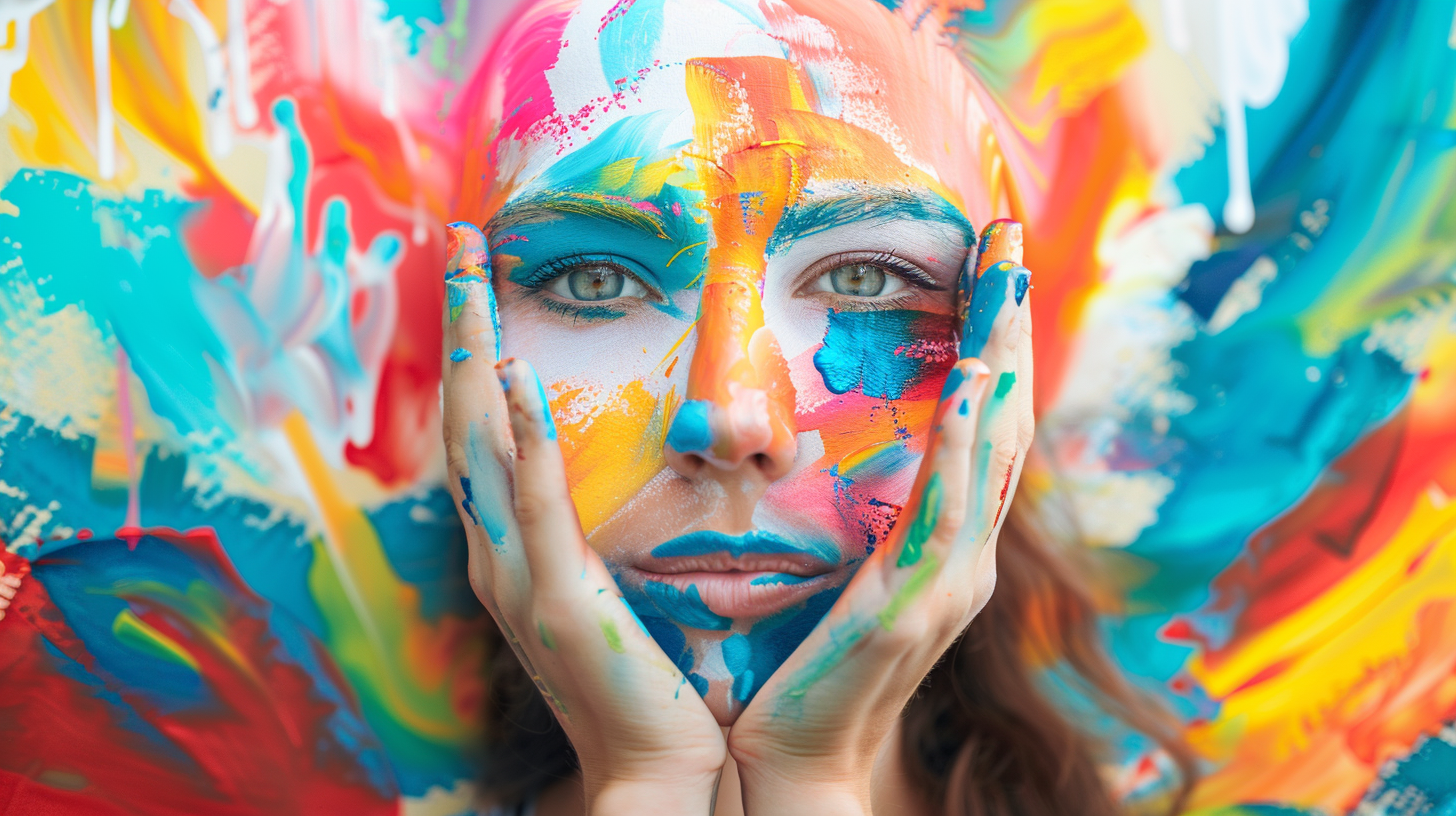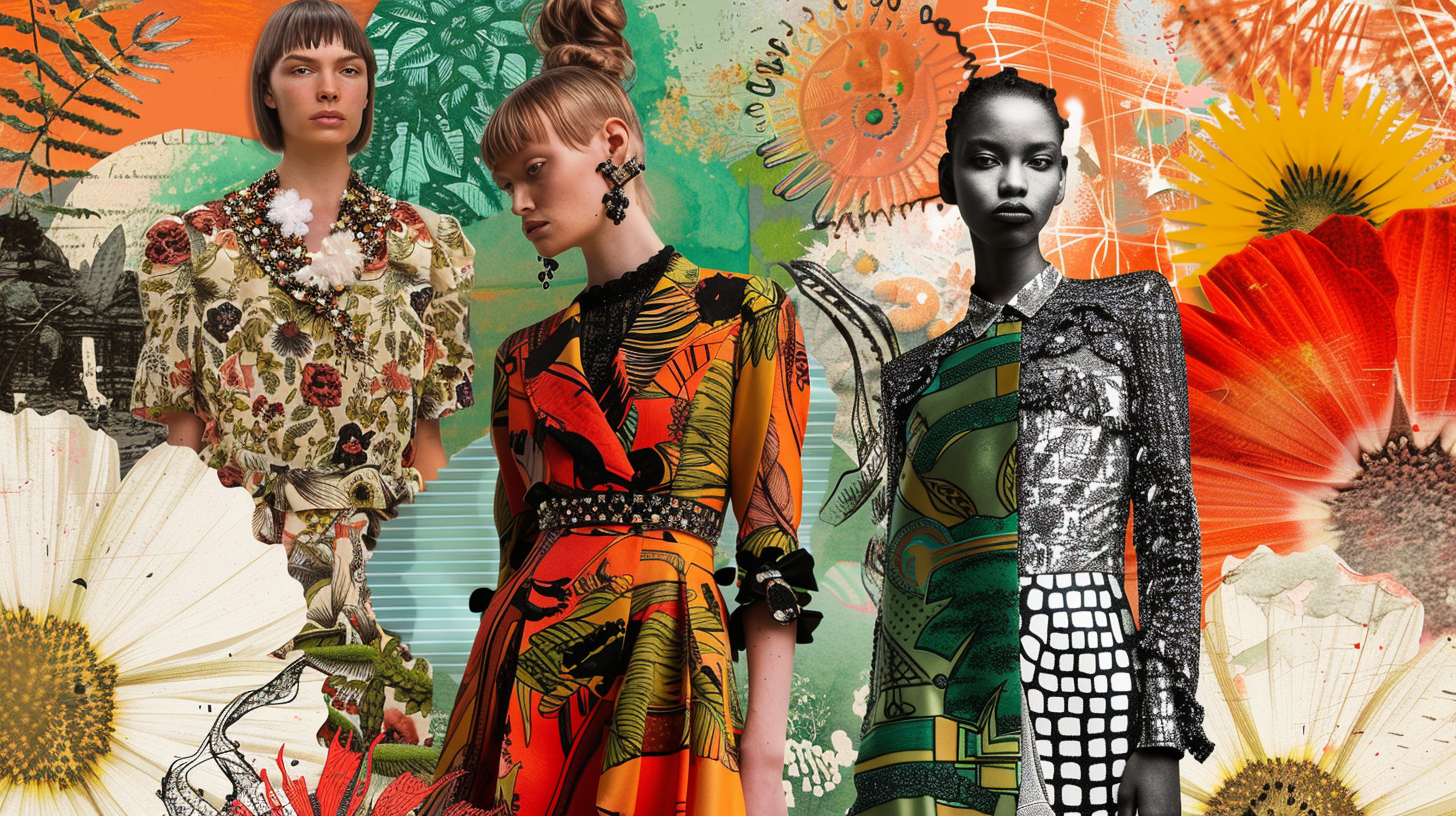Table of Contents Show
In our journey through life, art therapy serves as a bridge, connecting the islands of our inner emotions to the mainland of our outer expressions. We’ve found that it’s not just about creating art; it’s about revealing a dialogue within ourselves, a way to navigate our mental health landscapes with color, texture, and form. As we explore the myriad benefits and the diverse modalities this form of therapy offers, we invite you to join us in uncovering how these creative practices can offer profound insights and healing. What lies ahead is a canvas of possibilities, waiting for your personal touch.
Key Takeaways
- Art therapy offers a universal language for self-expression and emotional exploration through various artistic mediums.
- It provides significant mental health benefits, including stress reduction, emotional release, and enhanced self-understanding.
- The therapeutic process focuses on expression over product, employing diverse artistic tools to facilitate healing and personal growth.
- Success stories highlight art therapy’s transformative power in fostering communication, liberation, and mental well-being.
Understanding Art Therapy
At its core, art therapy embodies a transformative process where individuals express and understand emotions through artistic creation. We’re diving into this world, not just as spectators, but as active participants seeking validation through the power of art. It’s not about being good at art; it’s about letting our inner selves surface without judgment.
We’ve discovered that art therapy isn’t confined to any one method. Whether we’re painting, sculpting, drawing, or engaging in photography, we’re tapping into a universal language that transcends words. It’s about what feels right for us, exploring various mediums to find our unique mode of expression. This journey isn’t about adhering to strict rules or techniques; it’s about freedom, exploration, and the personal growth that comes from it.
Engaging in art therapy, we’re not just creating; we’re communicating with parts of ourselves that have been silenced or overlooked. It’s a way to confront emotions, experiences, and thoughts that we might struggle to express verbally. We’re building a bridge between our internal experiences and the external world, making sense of our feelings in a tangible form.
The beauty of art therapy lies in its accessibility. We don’t need to be artists or even consider ourselves creative. All we need is the willingness to explore and the openness to see where this journey takes us. Through this process, we’re not only finding a voice for our emotions but also a sense of validation and understanding that goes beyond words. It’s a validation to the power of art to heal, communicate, and liberate.
Benefits for Mental Health
We’ve seen how art therapy introduces a unique pathway to healing, and it’s essential we explore its benefits on mental health next. Engaging in creative activities can greatly reduce stress levels, offering a soothing escape from daily pressures. Additionally, it fosters a deeper understanding of oneself, enabling individuals to uncover and address underlying emotions.
Reducing Stress Levels
Many people find that engaging in art therapy greatly reduces their stress levels, offering a powerful avenue for mental health improvement. It’s a liberating experience, allowing us to express ourselves freely without the constraints of words. Here’s how it touches our hearts and soothes our minds:
- It invites calmness, replacing chaos with tranquility.
- Brushes and colors become tools to release bottled-up emotions.
- The act of creating offers a break from life’s relentless pace.
- Every stroke on the canvas eases the weight on our shoulders.
- It fosters a sense of accomplishment, banishing feelings of inadequacy.
Through art, we find a unique kind of freedom, one that empowers us to navigate our stresses with grace and resilience.
Enhancing Self-Understanding
Beyond reducing stress, art therapy also plays a significant role in enhancing our understanding of ourselves, further benefiting our mental health. Through the process of creating, we’re able to explore into our subconscious, bringing to light emotions and thoughts previously hidden. This acts as a mirror, reflecting our innermost selves without judgment or constraint. We’re given the freedom to investigate our identity, our fears, and our dreams in a safe and nurturing environment. As we interpret our artworks, we gain insights into our personal narratives, discovering patterns and themes that shape our perceptions and behaviors. This self-awareness empowers us to address our mental health challenges more effectively, guiding us towards healing and growth. It’s a journey of self-discovery, liberation, and transformation that art therapy uniquely offers.
Artistic Modalities Explored
Exploring a variety of artistic modalities opens new avenues for self-expression and healing in art therapy. We dive in to the limitless potential of our minds when we engage with different forms of art. It’s about breaking free from the constraints that often bind us in our daily lives, giving us the liberty to dive in the depths of our emotions and experiences through creative expression. The beauty of art therapy lies in its versatility and adaptability to each individual’s needs and preferences.
Here are a few artistic modalities we explore:
- Painting: Brush strokes that vary in intensity and color can mirror our inner turmoil or peace, allowing emotions to flow freely onto the canvas.
- Sculpture: The tactile process of molding and shaping can help us physically manifest our internal struggles, offering a sense of control and accomplishment.
- Photography: Capturing moments through the lens can serve as a powerful tool for reflection and storytelling, shedding light on perspectives we might not have considered.
- Writing: Penning down thoughts and narratives enables us to confront and articulate feelings that are often difficult to express verbally.
- Dance: Movement and rhythm offer a unique way to communicate and release pent-up emotions, fostering a deep connection between body and mind.
We’re not just creating art; we’re setting our spirits free, embarking on a journey of discovery and healing. Each modality provides a unique pathway to uncovering the layers of our being, offering solace and a sense of liberation. In art therapy, we find a safe haven to explore, heal, and express ourselves without judgment or restraint.
The Therapeutic Process
Having explored various artistic modalities, we now turn our attention to understanding the therapeutic process in art therapy. Ensuring that this approach helps individuals express themselves and heal from within. We’re diving into a journey where freedom and personal growth take center stage.
In art therapy, the process starts with creating a safe space. We make sure that everyone feels comfortable and understood, breaking down barriers that often inhibit expression. It’s about letting go of judgment and embracing the canvas of possibilities. We guide, but we don’t dictate. The direction is yours to choose, offering a liberating path to self-discovery.
We then introduce various artistic tools and techniques, but the choice of medium is yours. Whether painting, sculpting, or drawing, it’s all about what resonates with you. This choice is empowering, fostering a sense of control and autonomy. Your story, your canvas, and your journey.
As we progress, we focus on the process rather than the product. Not about creating a masterpiece but about the act of expression itself. This approach alleviates the pressure to perform, allowing true feelings and thoughts to surface. We’re here to explore those emotions, to understand and work through them, not to judge or evaluate the artistic outcome.
Throughout this journey, we witness incredible transformations. Art becomes a tool for communication, a language without words, where emotions and experiences take shape. A profound way to confront and heal, offering freedom from the constraints that hold us back.
In art therapy, we’re not just creating; we’re liberating ourselves, one brushstroke at a time.
Case Studies and Success Stories
Let’s explore into some compelling case studies and success stories that highlight the transformative power of art therapy. Through the experiences of individuals from diverse backgrounds, we’ve witnessed firsthand how art can heal, empower, and offer a sense of freedom that many seek. These stories aren’t just testimonials; they’re a proof of the boundless possibilities that art therapy provides for personal growth and self-expression.
- A young veteran, struggling with PTSD, found solace in painting, transforming his turbulent emotions into vibrant landscapes. Each stroke on the canvas helped him navigate his journey towards healing and understanding.
- A teenager facing severe social anxiety discovered her voice through clay sculpting. The tactile experience of molding clay allowed her to express her inner turmoil, gradually breaking down the walls that kept her isolated.
- An elderly woman, grieving the loss of her lifelong partner, turned to collage art. Piecing together memories, she crafted a visual homage that celebrated their shared life, aiding her in the grieving process.
- A child with autism, often overwhelmed by verbal communication, found a safe haven in drawing. This visual mode of expression became his bridge to connect with others, revealing his perceptions and experiences in ways words never could.
- A group of women survivors of domestic violence started on a collective mural project. This collaborative effort not only fostered a supportive community but also empowered them to reclaim their narratives and envision a future filled with hope.
These stories underscore the liberating power of art therapy, offering a pathway to healing that transcends conventional boundaries. Through creativity, we find not only a means to cope but a vibrant expression of our deepest selves.
Getting Started With Art Therapy
We’re now ready to explore how to begin with art therapy, focusing on several key steps. First, we’ll look into the various art mediums available to find what resonates with us. Then, we’ll set personal goals and seek out a skilled art therapist to guide us on this journey.
Exploring Art Mediums
Exploring various art mediums is an essential first step in starting on the journey of art therapy. As we immerse ourselves in this world, we’re seeking to release our innermost feelings and find a sense of freedom that’s hard to come by elsewhere. Each medium offers a unique way to express ourselves, and finding the one that resonates with us can be a truly liberating experience.
- Painting – Let your emotions flow with each stroke of the brush.
- Sculpture – Mold your thoughts into tangible forms.
- Photography – Capture moments that speak to your soul.
- Collage – Piece together fragments of your experience.
- Drawing – Sketch the outlines of your inner world.
We’re not just creating art; we’re starting on a journey to discover our true selves.
Setting Personal Goals
Before diving into the vast sea of art therapy, it’s important we set clear, personal goals to guide our journey. Establishing what we want to achieve gives us a roadmap, making our exploration purposeful and directed. Whether we’re seeking emotional healing, self-discovery, or simply a new form of self-expression, identifying these objectives upfront allows us to tailor our creative endeavors to our unique needs and aspirations. It’s not about adhering to rigid standards, but rather, embracing the freedom to explore our inner worlds at our own pace. By setting personal goals, we’re not just preparing for a journey of artistic exploration; we’re laying the groundwork for a transformative experience that resonates with our deepest desires for growth and freedom.
Finding an Art Therapist
Having set our personal goals, it’s now time to find an art therapist who can guide us on this creative path to healing and self-expression. Choosing the right therapist is about feeling liberated and understood, about finding that unique individual who resonates with our innermost selves. To evoke the emotions tied to this search, consider:
- The anticipation of sharing our story without judgment
- The comfort of a safe space to express our deepest emotions
- The hope of discovering new ways to cope and heal
- The excitement of exploring our creativity without boundaries
- The relief of finding someone who truly listens and understands
This journey isn’t just about healing; it’s about reclaiming our freedom through art, with a guide who’s as invested in our journey as we are.
Conclusion
Just like a river carves its path through the landscape, art therapy guides us through the intricacies of our emotions, shaping us into something new. We’ve journeyed together through the healing domains of creativity, discovering how our mental health can flourish with every stroke of the brush. It’s our shared canvas, where our stories intertwine, creating a masterpiece of resilience and understanding. So, let’s pick up our tools—our colors, our clay, our courage—and continue painting our path to wellness. Together, we’re crafting a brighter, more colorful future.








